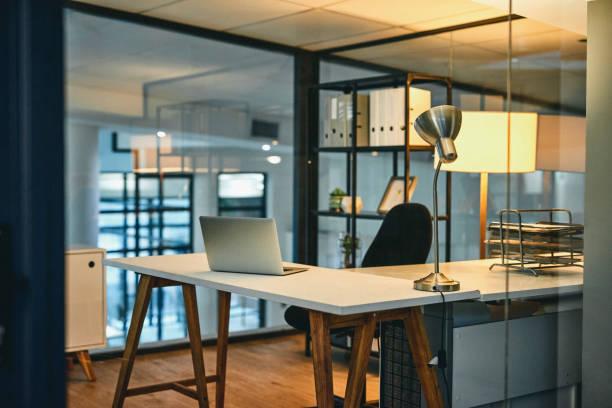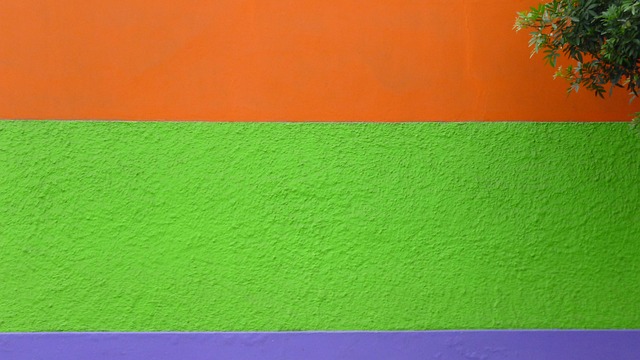Introduction to Office Cubicle
In the vast landscape of office design, few elements have sparked as much debate and discussion as the humble office cubicle. Often hailed as the epitome of corporate monotony or the symbol of efficient workspace organization, the cubicle has endured decades of scrutiny, adaptation, and evolution. From its inception as a solution to spatial constraints to its current status as a focal point of ergonomic innovation, the journey of the office cubicle is a fascinating narrative of workplace dynamics, design philosophy, and human behavior.
Origins and Early Development
The concept of the office cubicle emerged in the mid-20th century as a response to the changing needs of businesses and the workforce. In the post-war era, a surge in office-based employment prompted companies to seek efficient ways to accommodate growing numbers of employees within limited office space. The traditional open-plan office, with rows of desks and minimal partitions, was no longer adequate for privacy and productivity.
Enter Robert Propst, a designer working for the furniture company Herman Miller, who conceptualized the Action Office system in the 1960s. Propst envisioned a modular workspace that provided individuals with privacy, personalization, and freedom of movement. The result was the birth of the cubicle – a compact, semi-enclosed workspace defined by low partitions, overhead storage, and customizable components.
Initially, the cubicle was hailed as a revolutionary concept, offering a balance between the privacy of enclosed offices and the collaboration of open-plan layouts. However, its early iterations lacked the flexibility and aesthetics that would later define its success.
The Rise of the Cubicle Culture
Throughout the 1970s and 1980s, the office cubicle became synonymous with corporate culture, earning the moniker of “cube farm” due to its uniform rows and repetitive layout. Despite criticisms of its drab appearance and perceived dehumanizing effects, the cubicle proliferated in modern office worldwide, driven by its cost-effectiveness and space-saving benefits.
Companies embraced the cubicle as a tool for maximizing floor space and fostering a sense of organizational hierarchy. From entry-level employees to top executives, everyone found themselves ensconced within the modular confines of the cubicle, delineating status and function through variations in size and configuration.
Adaptation and Innovation
Recognizing the need to address these concerns, designers and manufacturers began to reevaluate the design and functionality of the cubicle. The 1990s witnessed a wave of innovation aimed at enhancing ergonomics, aesthetics, and user experience.
One significant development was the introduction of modular components that allowed for greater customization and personalization of cubicle workstations. Workers could now adjust desk height, incorporate ergonomic accessories, and create personalized storage solutions, empowering them to tailor their workspace to their individual needs and preferences.
Furthermore, advancements in materials and construction techniques led to the development of sleeker, more aesthetically pleasing cubicle designs. Gone were the days of drab, gray partitions; instead, offices embraced vibrant colors, sleek finishes, and ergonomic contours, transforming the cubicle into a stylish and inviting workspace.
The Era of Flexible Workspaces
As the digital revolution reshaped the nature of work in the 21st century, so too did it influence the evolution of office design. The rise of remote work, flexible schedules, and collaborative technologies prompted a reimagining of the traditional office environment, challenging the relevance of the cubicle in an increasingly mobile and interconnected world.
In response, office designers began to explore alternative workspace solutions that prioritized flexibility, mobility, and collaboration. Open-plan layouts, communal work areas, and flexible seating arrangements emerged as popular alternatives to the cubicle, fostering a sense of community and adaptability within the modern workplace.
However, despite these shifts, the cubicle has proven remarkably resilient, demonstrating its enduring appeal as a versatile and functional workspace solution. Rather than being relegated to obsolescence, the cubicle has adapted to meet the evolving needs of the workforce, incorporating elements of flexibility, collaboration, and sustainability into its design.
The Future of the Cubicle
As we look ahead to the future of office design, the role of the cubicle remains uncertain yet promising. While some may predict its eventual demise in favor of more fluid and dynamic workspaces, others see it evolving into a hybrid solution that combines the privacy and focus of the traditional cubicle with the collaborative spirit of open-plan layouts.
Advancements in technology, such as augmented reality and artificial intelligence, may further reshape the cubicle into a smarter, more responsive workspace that anticipates the needs of its users and adapts to their preferences in real-time.
In conclusion
the office cubicle stands as a testament to the enduring influence of design on workplace culture and productivity. From its humble beginnings as a solution to spatial constraints to its current status as a symbol of flexibility and adaptation, the cubicle has weathered decades of criticism and scrutiny to emerge as a staple of modern office design. Whether it continues to thrive in the face of evolving work trends or gives way to new paradigms remains to be seen, but one thing is certain – the cubicle’s legacy will endure as a testament to the ever-changing nature of work and the human drive to innovate and adapt.












